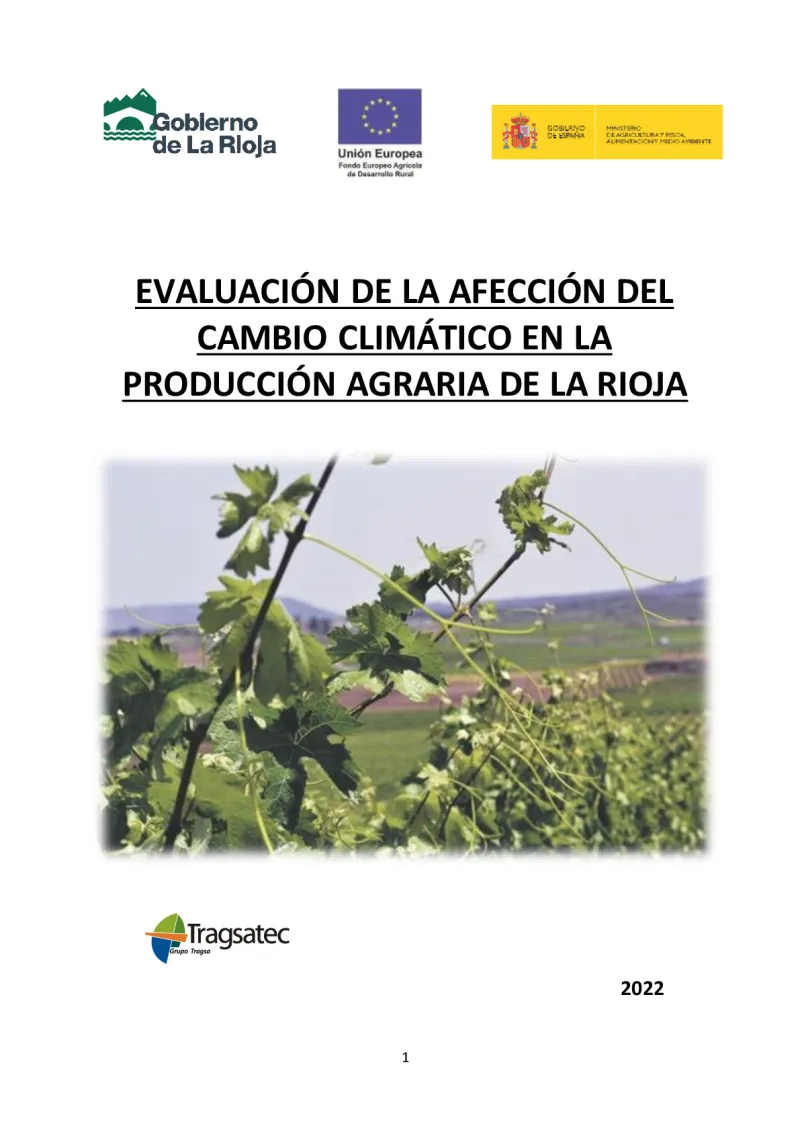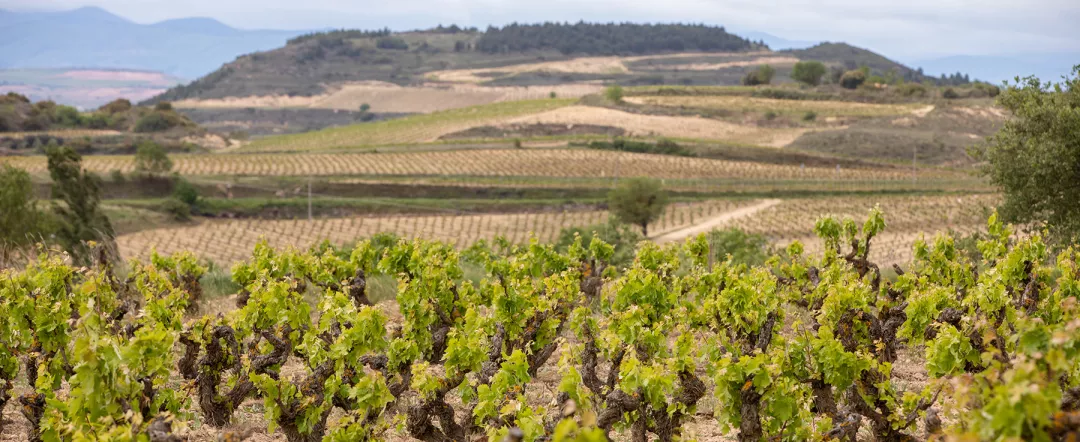Assessment of the impact of climate change on agricultural production in La Rioja
The study assesses the impact that climate change has on the development of the agriculture sector, specifically regarding production, in La Rioja region, Spain.
- Spain
- 2014-2022
- Environmental impacts


This report is part of the 2014-2020 Rural Development Programme (RDP) evaluation commissioned by the government of La Rioja and published in 2022, covering up to 2021.
This study aims to analyse to what degree climate change impacts the development of Rioja's agricultural production and to observe what adaptation mechanisms have been put in place by professionals in the sector. Additionally, the report aims to analyse whether the current RDP of Rioja and the future CAP Strategic Plan of 2023-2027 provide solutions.
Regarding methodology, desk analysis has been carried out based on different statistical sources to understand the effects of climate change in the region. A literature review was conducted, including current regulations and policies related to climate change adaptation. In particular, the current RDP in Rioja (2014-2022) and the 2023-2027 CAP have been analysed to check how these programmes facilitate the adaptation of beneficiaries to climate change.
Additionally, a series of interviews were conducted with territory agents representing the different areas and types of agricultural production in Rioja. The interviews aimed to gather primary information on the effects perceived on agricultural activity as a result of climate change and to gather the agents' opinions regarding the usefulness and possible improvement of policy measures and instruments deployed in the region.
Regarding the main conclusions, the analysis of Rioja's climate context shows that the surface temperature has increased by 1°C since 1971. There has also been an increase in evapotranspiration, drought, and torrential rains, while weather conditions are becoming more unpredictable.
Regarding the adaptation practices applied by Rioja producers, vineyard producers are changing the system to trellis, delaying pruning and advancing the harvest. In the case of fruit and horticultural plants, varieties more resistant to pests and shorter cycles are used to avoid risks due to extreme weather events. Among the adaptation practices that stand out are increased pest controls, changes in the date of harvests, the hiring of insurance and increased irrigation.
In relation to aids and measures of agricultural and rural development policies implemented in Rioja and their degree of contribution to climate change adaptation, the interventions included have a leading role in climate change adaptation. These practices include testing better adapted varieties or breeds, changes in production systems and crop diversification, soil conservation through plant cover, minimum tillage, controlled fertiliser plans and the improvement of animal welfare.
To conclude, measures and support articulated through agricultural and rural development policies are very useful tools for reducing the vulnerability of farms in the region to climate change.
Author(s)
Tragsatec